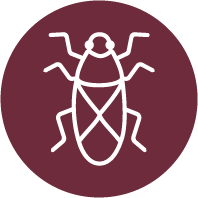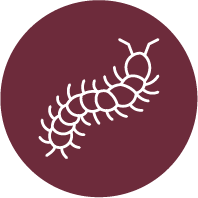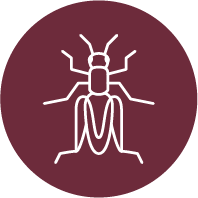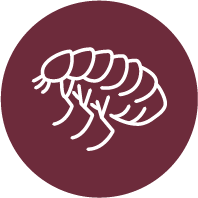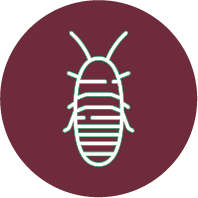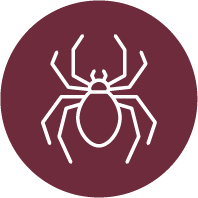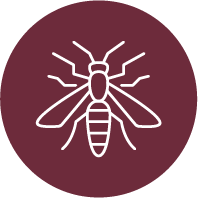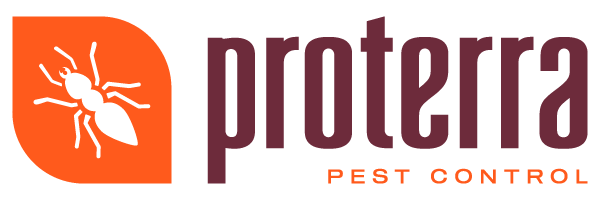Zoonotic Dangers: Diseases Carried by Pests
Zoonotic diseases are infections that can be transmitted from animals to humans, posing a significant threat to public health worldwide. As urban areas expand and ecosystems are altered by climate change, the interaction between humans and animals intensifies, increasing the risk of zoonotic diseases. Pests such as rodents, mosquitoes, and ticks are key vectors in carrying these diseases into human habitats, facilitating their spread. Understanding the dynamics of zoonotic diseases is crucial in developing effective strategies to protect public health and maintain safe living environments.
Behavioral Impact of Pests on Human Health
The presence of pests in living environments is not only a physical threat due to disease transmission but also a psychological one. Persistent pest infestations can lead to stress, anxiety, and sleep disturbances, impacting overall mental health. The constant fear of encountering pests or discovering new infestations can create a heightened state of alertness, leading to chronic stress and fatigue. For families with young children, the anxiety is often compounded by concerns about the safety and well-being of their loved ones. In some cases, the psychological effects can lead to social isolation, as individuals may feel embarrassed or ashamed to invite guests into their homes. Addressing pest problems swiftly and efficiently can alleviate these issues and contribute to a better quality of life for affected individuals. Engaging professional pest control services can provide reassurance and peace of mind, allowing residents to regain a sense of control over their living spaces.
Urbanization and Its Influence on Pest Populations
Urbanization contributes significantly to the proliferation of pests, as cities provide ample food sources and shelter for them. The dense concentration of people, waste, and infrastructure creates an ideal habitat for pests like rodents, cockroaches, and mosquitoes, which thrive in urban settings. As more people move to urban areas, the likelihood of human-pest interactions increases, amplifying the risk of zoonotic diseases.
High-rise buildings, subways, and sewer systems offer interconnected pathways that facilitate the spread of these pests across neighborhoods. Urban planning that incorporates pest control measures and green spaces can reduce the impact of pests on human populations. The integration of natural habitats can attract predators that help control pest populations naturally, while sustainable waste management practices can limit food sources for pests. Educating urban communities about proper sanitation and waste disposal can play a crucial role in minimizing the urban pest problem.
Socioeconomic Factors and Vulnerability to Zoonotic Diseases
Socioeconomic disparities can influence a community's susceptibility to pest-related diseases. Low-income areas may lack access to effective pest control services and public health resources, making them more vulnerable to pest infestations and subsequent disease outbreaks. Addressing these disparities through targeted interventions and support programs is crucial for equitable public health protection.
Technological Innovations in Pest Monitoring
Emerging technologies are revolutionizing pest monitoring and control. Innovations such as smart traps, drone surveillance, and AI-driven data analysis are improving the accuracy and efficiency of pest detection. Real-time monitoring systems can alert communities and health officials to potential risks, enabling a more rapid and focused response to pest-related threats.
Global Movement and Its Impact on Disease Spread
The globalization of trade and travel facilitates the movement of pests across borders, introducing new zoonotic disease threats to previously unaffected areas. As people and goods move more freely around the world, the potential for pests to spread diseases increases. International cooperation and surveillance are essential in managing these transboundary health risks.
Integrated Pest Management (IPM) Strategies
Integrated Pest Management (IPM) strategies offer a holistic approach to controlling pest populations. Combining biological, cultural, mechanical, and chemical tools, IPM emphasizes sustainable and environmentally friendly methods. By focusing on long-term prevention and control, IPM minimizes the reliance on chemical pesticides and promotes ecological balance.
Research and Development in Zoonotic Disease Prevention
Ongoing research in zoonotic diseases is vital for developing innovative prevention and control methods. Studies on pest genetics, disease transmission mechanisms, and environmental influences provide valuable insights that can inform public health strategies. Continued investment in scientific research will enhance our ability to predict, prevent, and respond to zoonotic disease threats effectively.
These additions offer broader insight into the issue of zoonotic diseases, incorporating public health, technological, and sociological perspectives to provide a comprehensive understanding of the challenges and solutions related to pest-related disease transmission.
The Role of Climate Change in Zoonotic Disease Spread
Climate change is a significant factor in the spread of zoonotic diseases, as it alters habitats and affects the life cycles of pests. Warmer temperatures can extend the breeding seasons of mosquitoes and ticks, increasing their populations and the likelihood of disease transmission. Changes in precipitation patterns can create ideal breeding grounds for these pests, further exacerbating the risk. Understanding the link between climate change and pest behavior is essential for developing effective strategies to combat zoonotic diseases. Public health initiatives must consider these environmental factors to implement timely and effective interventions.
Importance of Public Education and Community Involvement
Public education and community involvement are critical components in the fight against zoonotic diseases. Educating communities about the risks associated with pests and how to prevent infestations can significantly reduce the incidence of pest-related diseases. Community programs that promote awareness and encourage participation in pest control efforts can lead to more resilient and informed populations. By fostering a sense of collective responsibility, communities can work together to minimize the risks posed by zoonotic diseases, ensuring a healthier and safer environment for all residents.
Understanding zoonotic diseases and their transmission through pests is vital for public health. By adopting eco-friendly pest management practices and relying on professional services, communities can effectively mitigate health risks. The continuous evolution of pest control technology and collaborative efforts will play a significant role in safeguarding public health and promoting sustainable living environments. As climate change continues to impact pest behavior and disease transmission, proactive measures and community involvement will be essential in protecting human health and maintaining safe living spaces.
For professional pest control services and assistance in managing pest-related health risks,
contact Proterra Pest Control today. Our team of experts is dedicated to providing effective, eco-friendly solutions tailored to your specific needs, ensuring a pest-free and healthy living environment.
